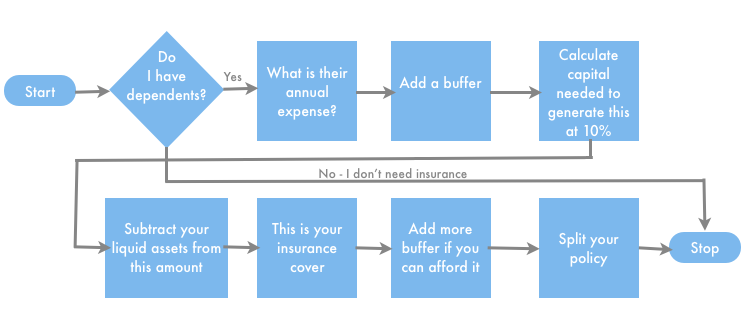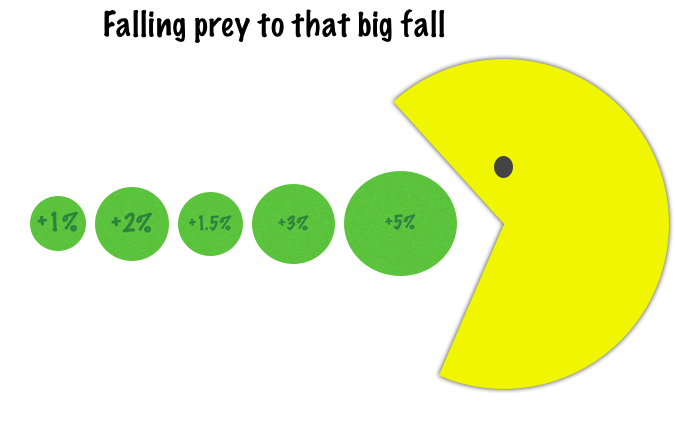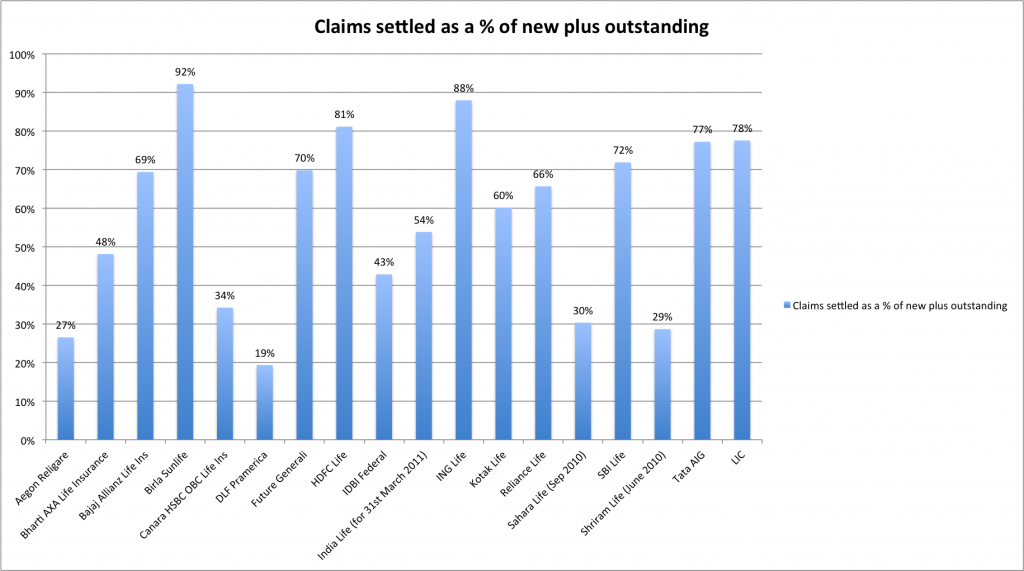Today we’re going to deviate from the regular topics, and instead take a look at a different subject – one on which I’ve fielded a few questions on emails lately, and has  finally popped up on the Suggest a Topic page as well.
Shilpa asked me to write about how you can go about setting up a website, so in this post I’m going to share the mechanics of setting up a website, and also offer some opinion on what has worked for me, and what hasn’t, so that you can keep that in mind while getting started with your own website.
Name
The first thing you need is a name for your website. This will have two parts to it – the TLD (Top Level Domain) like .com, .net, .in etc. and the name itself like OneMint or TheHindu.
A name is called a domain and has to be registered for a fee. I have registered all my domains with GoDaddy, but I don’t know if they are the cheapest or not. I registered one with them a long time ago, and just stuck with them. I’m sure you can do a little bit of research and find better deals yourself. Â This doesn’t cost much – maybe $20 or so per year after taxes, and that’s part of the reason I never tried to switch.
Choosing a name can be harder than you think because you’ll find that a lot of meaningful names  have already been taken, so keep the Godaddy window open, and as you think of names – search for them there to see if they are available or not.
My preference is to get a dot com because that’s what most people think about first when they think of a website name, and there have been examples where someone bought a dot net domain, and after their site became popular had to buy the dot com domain from someone else for a lot of money.
So I’d personally stick to dot com as far as possible. A possible exception to that could be if the name has a really nice ring to it. For example – about.me – this name has a great ring to it, and it’s not hard to remember either. I’d also suggest avoiding hyphens or numbers in the name because that creates confusion also.
Getting a name and registering it is the first thing you need to do in order to setup a website, and after you’re done with that you will need hosting space.
Hosting Space
Think of hosting space as the real estate from which you will operate your website. There are several hosting companies that offer you space for a fee, and the one that I use is Hostgator.
They are certainly not the cheapest, but for OneMint’s size and traffic – I think they are good value. If you don’t have reliable hosting then you can find your site down at times, so if you are serious then I’d suggest spending a little extra and get someone that has a reputation for being up most of the times and has decent customer support.
Content Management System
Now that you have a name and real estate, the next thing to do is to set up the office – you need a mechanism to publish articles, post pictures, create categories etc.
In my opinion – the best way to do that is to install WordPress. That’s what I use as the back-end to this site, and it is an extremely powerful platform that allows you to create a website, and is used by millions of people all over the world.
It is free to use, and is easy to install. However, how easy it is to use depends a little bit on how technically inclined you are, and if  you have never done any software related work before then I don’t think you will find it easy. Don’t get me wrong – I mean you will be able to accomplish it, but it’s not likely to be easy.
The other alternative to WordPress is Blogger, but I’m a big fan of WordPress because of its ease of use, and powerful features, so I’ll strongly recommend it.
I do very little WordPress related work on this site myself, and almost always consult with Kim Woodbridge, who is quite easily the best WordPress consultant that I know. She is an expert, and really honest as well; I think we have worked together for almost 2 years now, and in that time my respect and admiration for her has only grown.
If you are not able to cope with WordPress yourself, or need help on its advance features then I’d strongly recommend her.
Theme
Now that you have a name, real estate, and office as well – the next step is to do some design work, and make it all pretty.
The thing to do this with in the online world is to get a theme for your website. There are several free and paid WordPress themes, and these are fairly easy to install. You can download one that you like, and give your site the look of that Theme. You can also customize the theme and make your site look unique.
I use Thesis, which is a popular paid theme, but if you’re just starting out then you should just get a free theme, and play with it first.
After these steps you should have a running website which is branded as well, and as far as the basics are concerned you’re done. However, there are two more tools that are free, and are a must for any website.
Google Analytics
Google Analytics is a program from Google that gives you traffic information about your website. It shows you how many visits you are getting, from where, who is referring people to your site, what keywords are working, and amazing stuff like that. It’s an amazing tool, and it’s free to use. You should definitely install and use Google Analytics on your website.
Feedburner
Feedburner is another Google product that lets you send daily emails to your subscribers. This is the program that I use, and it’s great to connect with your subscribers as it gives them a way to get your content whenever it is published.
These are the key building blocks of a website – this is not the only way to do it, but is one that I have used, and several others are using around the world. It is inexpensive, and robust, and will work for most of your needs.
The list of things you can add here is endless, but for anyone starting out this should be enough. As always – questions, comments and observations welcome!





